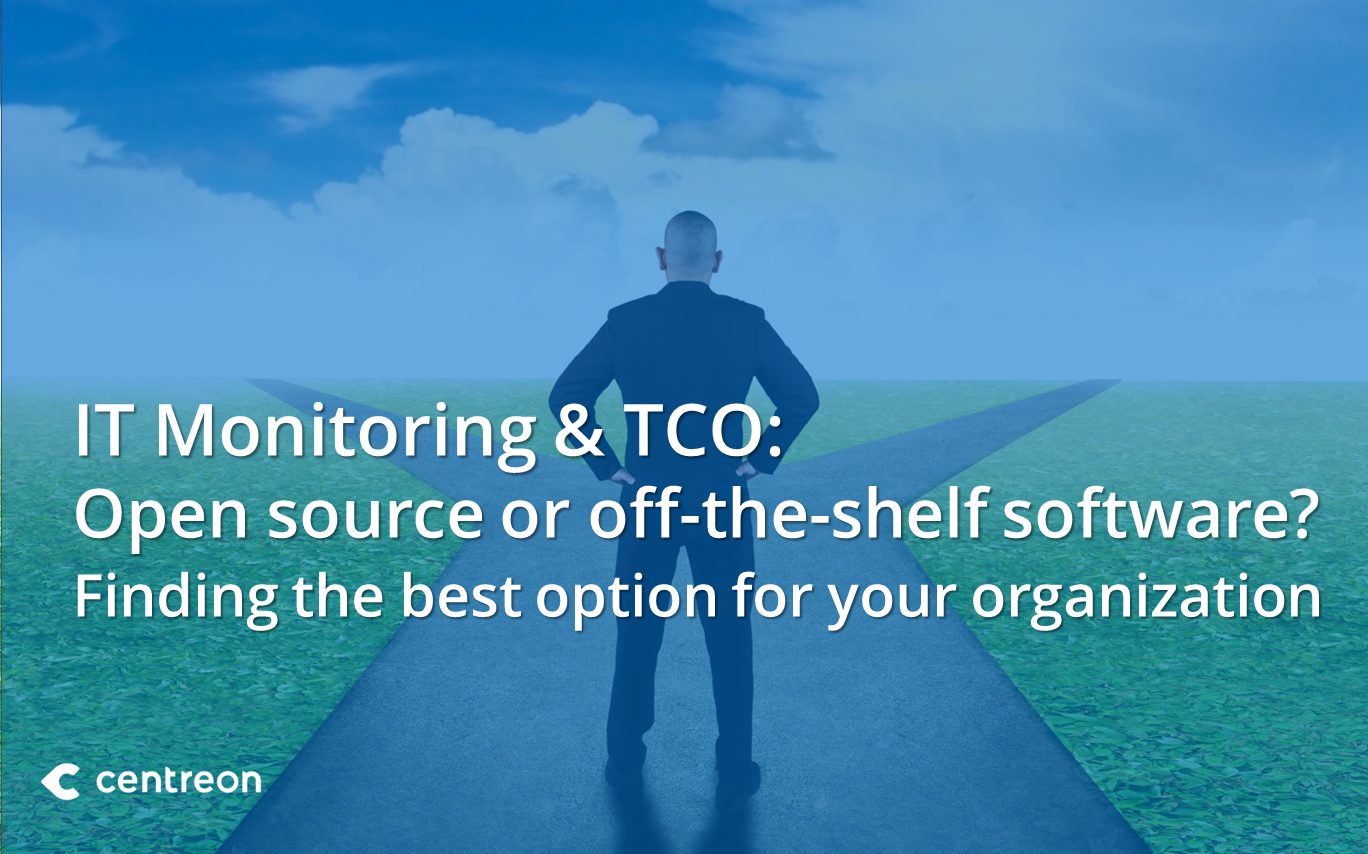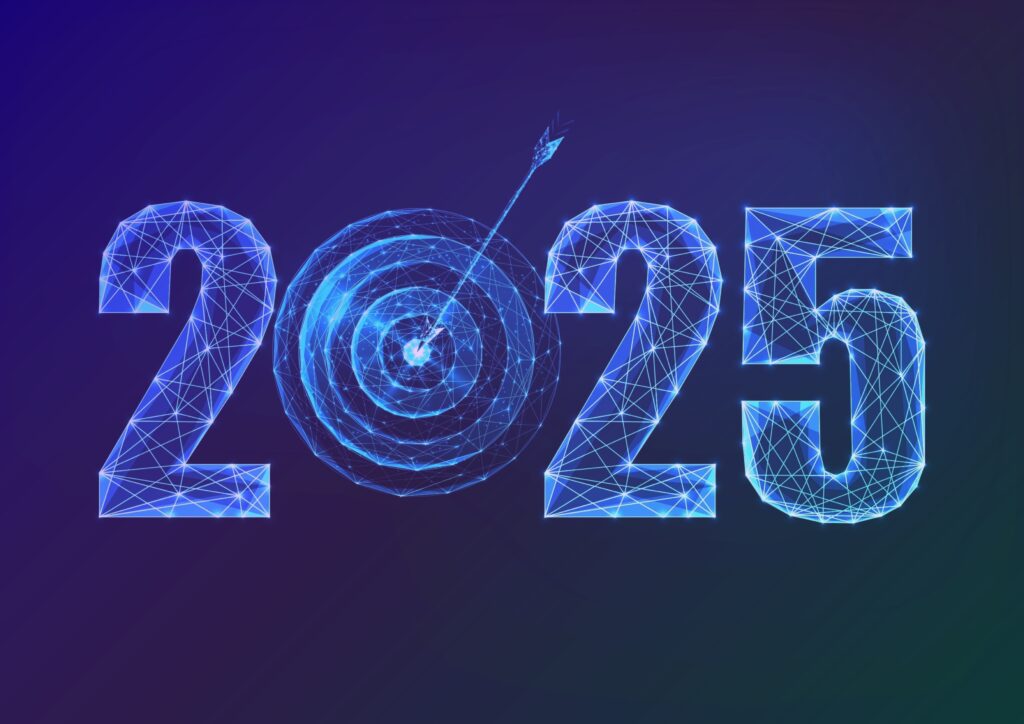When the time comes to shop for a new IT monitoring solution, you probably drafted a list of criteria to inform the final selection, based on the specs obtained from various stakeholders. How better can you ensure the new solution implementation will be met with success? One of the most important criteria is the solution’s total cost of acquisition or TCO.
At Centreon, we believe TCO [total cost of ownership] is a crucial criterion to select IT monitoring software, which often means choosing between free open source or commercial off-the-shelf (COTS) options. Read this blog to find out why—and to understand how to use TCO when comparing IT monitoring tools.
What is TCO?
Created by Bill Kirwin, a Gartner analyst, TCO is defined as: “the total cost of acquiring, using, managing and retiring an asset over its entire life cycle.” TCO therefore is an estimate of any expense associated with the purchase, deployment, use, and disposal of a product or equipment.
Assessing total cost of ownership prior to a purchase is a very common practice in the IT sector. TCO assessments are now also employed in other activity sectors (industry, transport, construction, etc.) and even by individuals considering a major investment (purchasing a vehicle, building a house, etc.).
Why does TCO count in purchasing an IT monitoring solution?
According to the State of IT Monitoring, organizations use on average 14 IT monitoring tools. Yet, only 61% of the IT environment is monitored. According to the same study, these are the top three reasons for dissatisfaction among I&O teams for their IT monitoring software:
- Lack of integration with other IT tools.
- Partial visibility due to using multiple, disparate monitoring tools.
- High maintenance costs which add to the limited performance of obsolete IT monitoring tools.
These are pain points, especially the last one, that have an impact on maintenance costs and thus on the budget allocated to IT monitoring. Questioning the TCO (total cost of ownership) of IT monitoring tools thus starts making a lot of sense.
Evaluating the TCO: An insightful undertaking
Assessing the TCO of a product requires some diligence, particularly when uncovering potential hidden costs, which can be complex to identify and estimate. Here are some typical examples: costs relating to the integration of the solution with other ITOps tools, to retain specific skills within a team, or mitigate downtime risks, when a solution becomes obsolete and needs to be updated or replaced.
TCO should never be confused with the acquisition cost (annual subscription fee or maintenance contract). Although these are a reference for budgeting for the following year, they only constitute part of the TCO.
Hidden costs can account for up to 80% (and more) of the total acquisition cost in some TCO analysis.
TCO includes all the costs of a solution throughout its life cycle, including direct and indirect costs. For example, direct costs for an on-premise monitoring solution generally includes the following:
- Server, storage and any peripheral hardware costs.
- Software and associated support costs.
- Maintenance and development costs.
- Network and communication costs.
- Operating and IT support costs.
- Associated IT management and administration costs.
Indirect costs typically include:
- Labor costs associated with use.
- Subsequent downtime-related costs.
When choosing a monitoring tool, the TCO is the most relevant criterion
Choosing an IT monitoring tool will involve choosing among a range of open source and COTS offers, some running on premises, some cloud-based. You need a selection criterion that cuts across a disparity of solutions.
Beyond classic criteria like scalability and interoperability, you also must look at expenses associated with time expenditure, for example, the time required to deploy and then operate and maintain the solution on a daily basis. Build and run costs are therefore dependent on a solution’s optimization and automation capabilities.
At Centreon, we believe that the TCO is one of the key criteria for choosing an IT monitoring tool, and most ITOps professionals will agree, considering a TCO assessment promotes budget predictability.
TCO is indispensable when you need to compare IT monitoring solutions that are not directly comparable. As when trying to decide between an open source solution and a paid solution or between a SaaS or on-premise options, or evaluating if a new solution has the potential to replace several obsolete tools.
In all these cases, only a rigorous TCO assessment that accounts for all potential hidden costs will truly allow an informed, optimal decision.
Learn more on TCO as applied to choosing an IT monitoring solution—read our latest Expert Insight, “IT Monitoring & TCO: Open source or off-the-shelf software? Finding the best option for your organization,” which looks at the impact of the acquisition model (open source or paid) on a monitoring solution’s TCO, so you can get some guidance in choosing IT monitoring software that not only meet your needs and constraints, but also fit your budget.
To learn more about IT monitoring, please visit our dedicated page where you find information like definitions, challenges, tools & best practices to guarantee top IT availability and performance.















